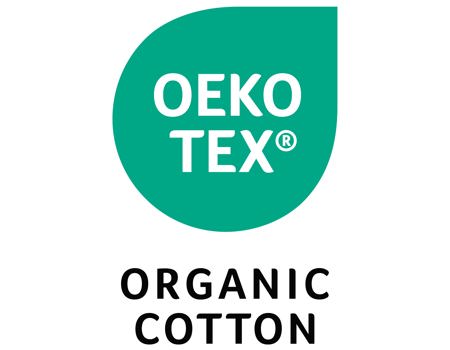Shirley®
Our History
Scroll down to view how we have evolved and impacted the textile industry.
WIRA (Wool Industries Research Association) founded, occupying two converted houses, Torridon and Longfield on Headingley Lane, Leeds.
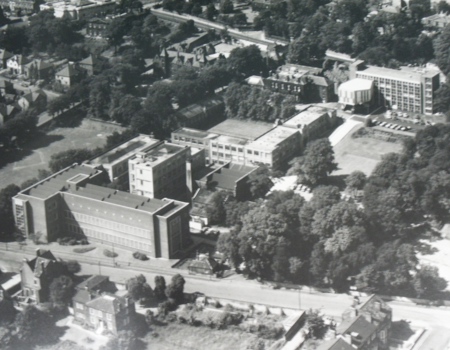
Shirley Institute established as the British Cotton Industry Research Association (BCRA) in rooms at Manchester University.

The first “breathable” fabric, known as Ventile, developed at Shirley Institute for the Ministry of Defence,and later patented and licensed to a UK company for commercial exploitation.
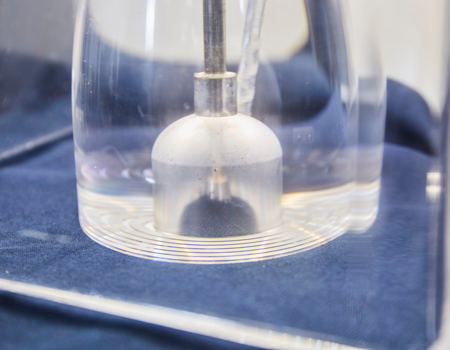
The Martindale Abrasion tester was devised at WIRA by Dr J G Martindale. Its original use was for testing carbon-impregnated cloth that was to be used in connection with protection against gas attack during the Second World War.
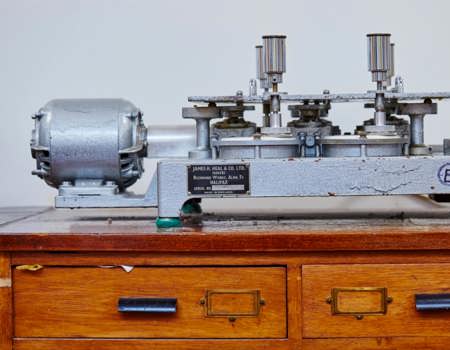
Partition chromatography analysis was invented and developed at WIRA, by Martin and Synge (1940 – 1944), who were awarded the Nobel Prize for chemistry in this year.
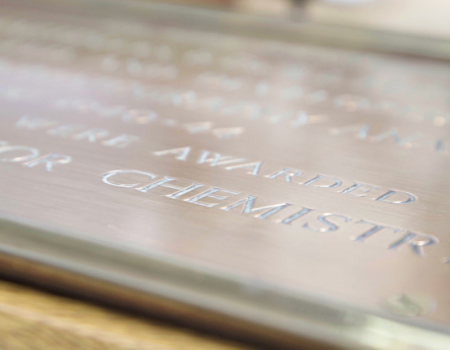
First flammability tests performed in the Shirley Institute.
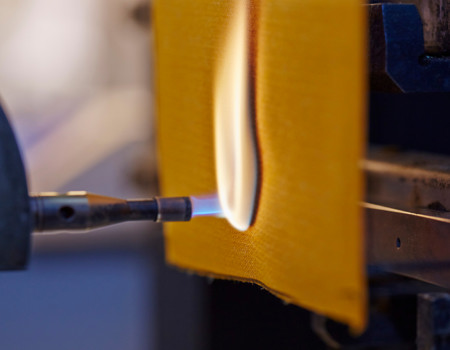
The ‘tog’ unit was developed by E. Clulow & H. Rees, and the Shirley Togmeter was developed to measure the thermal insulation of textiles. The Shirley Togmeter forms the basis of BS 4745 and ISO 5085.

WIRA establishes the Carpet Department.

WIRA accredited to NATLAS (National Testing Laboratory Accreditation Scheme), under Laboratory number 0185. NATLAS was the fore-runner of NAMAS, and NAMAS was superseded by UKAS.

WIRA accredited to NATLAS (National Testing Laboratory Accreditation Scheme), under Laboratory number 0185. NATLAS was the fore-runner of NAMAS, and NAMAS was superseded by UKAS.

Shirley Institute gain NATLAS accreditation, Laboratory Number 0435 and sets up a geotextile testing service.
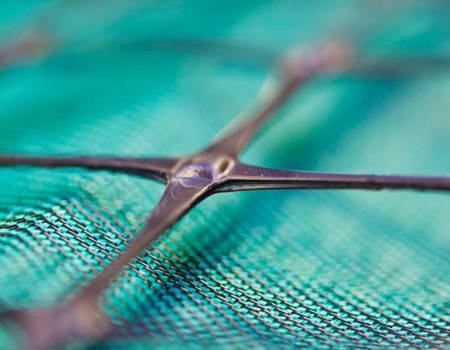
BTTG (British Textile Technology Group) formed from the merger of WIRA & Shirley Institute BCTC-CAMRASO formed.
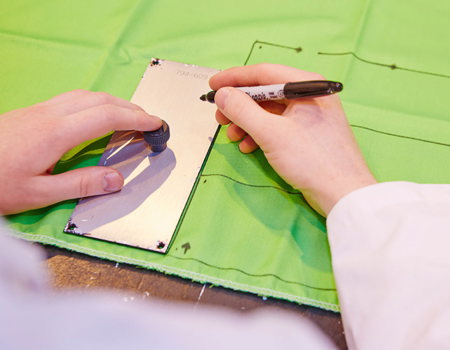
RALPH (Research Aim Longer Protection against Heat), a male shaped manikin, was launched for evaluating heat and flame protective clothing.
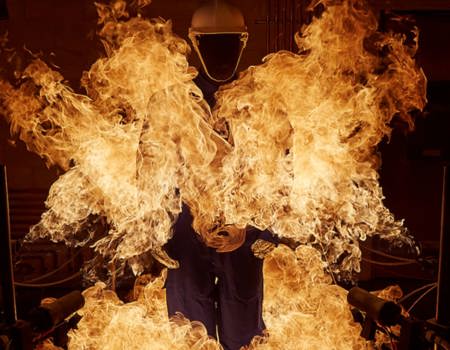
BTTG moved from Didsbury to custom designed premises in Trafford Park, Manchester, where it currently remains.
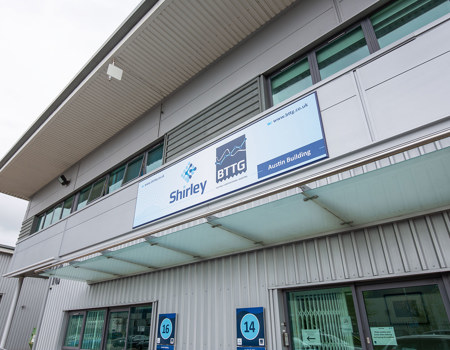
BTTG® becomes an FIA approved UK test house.
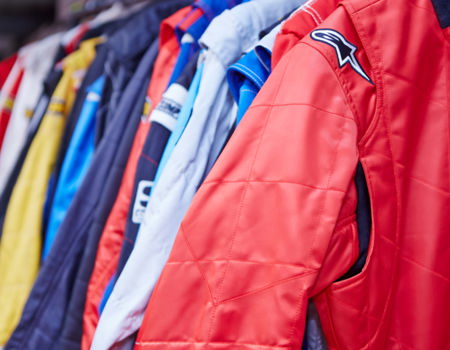
BTTG® opens first overseas offices in Shanghai, China and Singapore. The Singapore office is the official OEKO-TEX® institute for that region.
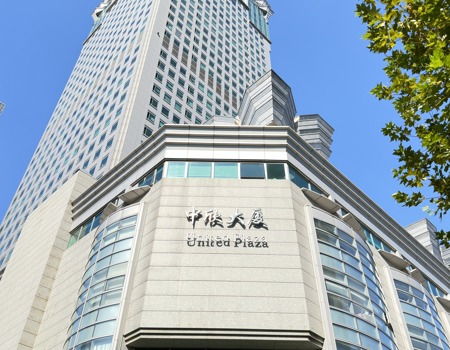
A female-shaped manikin, SOPHIE (System Objective Protection against Heat In an Emergency), was introduced, complying with ISO 13506.
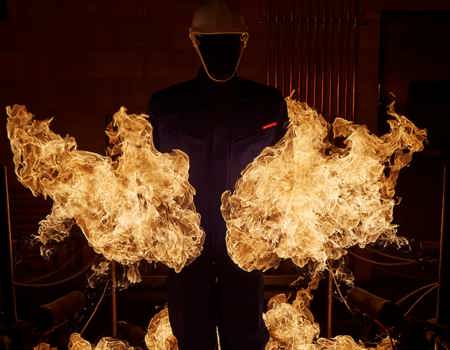
The second BTTG® overseas office was opened in Ahmedabad, India.
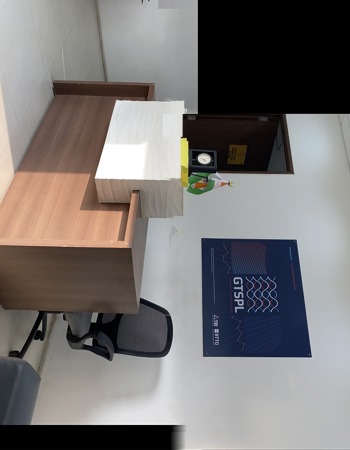
Overseas office established in Lahore, Pakistan. Later moving to Faisalabad.

Overseas office established in Dhaka, Bangladesh.

Overseas office established in Nairobi, Kenya.
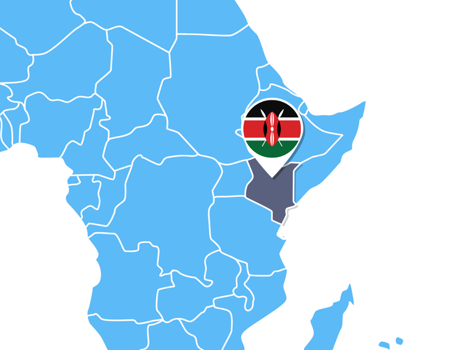
OEKO-TEX® Launched MADE IN GREEN, a label which tracks the origin of the textile product and proves it has been tested for harmful substances and manufactured in an environmentally friendly way with fair working rights.
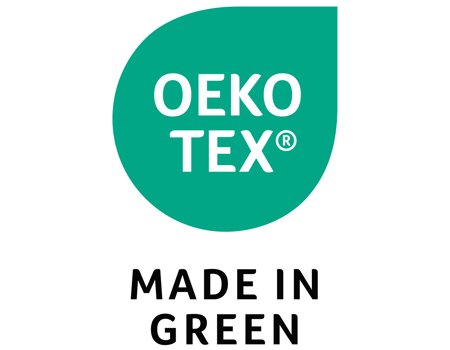
OEKO-TEX® Launched DETOX TO ZERO, which enables production facilities to assess the statues of their chemical management system and quality of waste water and sludge.
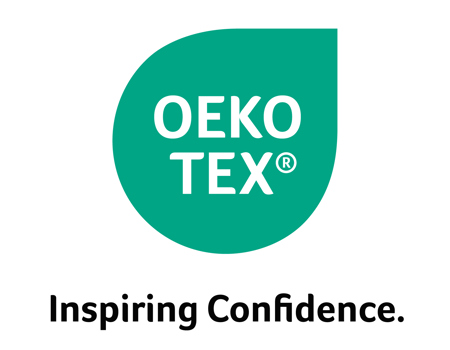
Office established in Ho Chi Minh City, Vietnam.
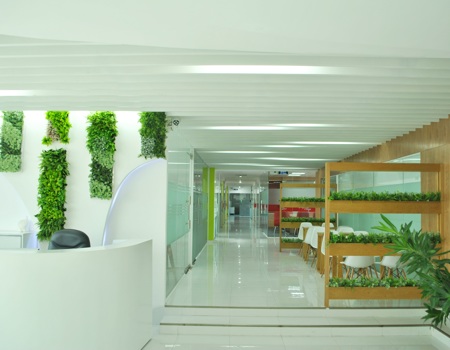
OEKO-TEX® Launched ECOPASSPORT, a certification that manufacturers of process chemicals and chemical compounds can use to provide they meet the criteria for environmentally textile production.
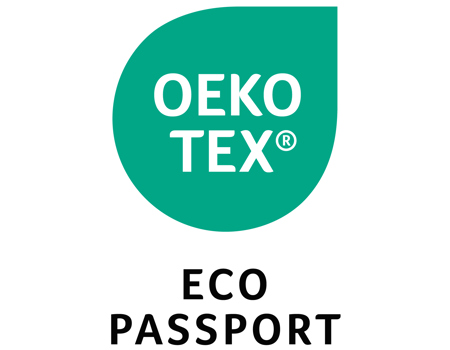
OEKO-TEX® launched LEATHER STANDARD, which ensures leather articles are free of harmful substances.
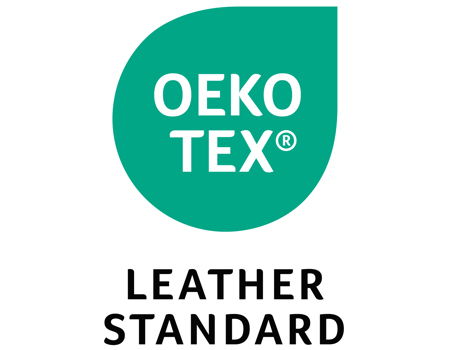
BTTG® celebrated it's 100th year anniversary, our four UK laboratories were renamed in honor of long serving staff members; Sorensen Building, Austin Building, Sagar Building and Nunney Building
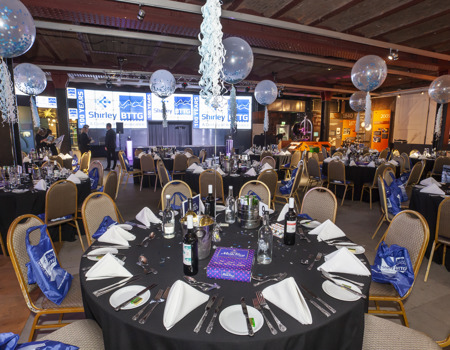
Office established in in Dublin, Ireland.
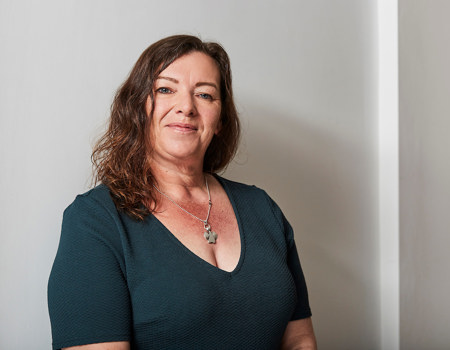
Office formed in South Africa, the official OEKO-TEX® institute for that region.
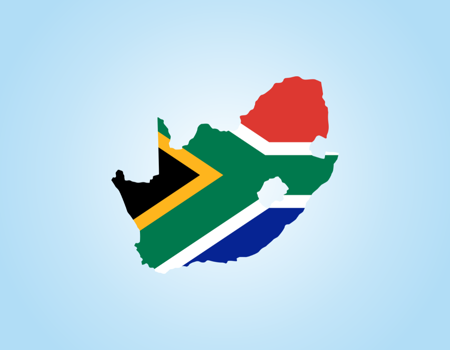
OEKO-TEX® launched IMPACT CALCULATOR, a tool to help measure and report on facilities carbon emissions and ager usage.

OEKO-TEX® launched RESPONSIBLE BUSINESS. This certification and tool helps meet supply chain due diligence requirements in the textile industry.
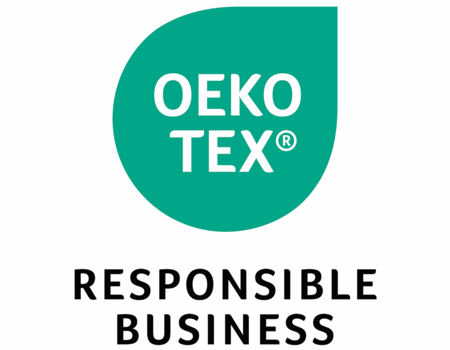
OEKO-TEX® launched the ORGANIC COTTON certification. Products with this label have been manufactured without the use of GMOs and harmful substances.
